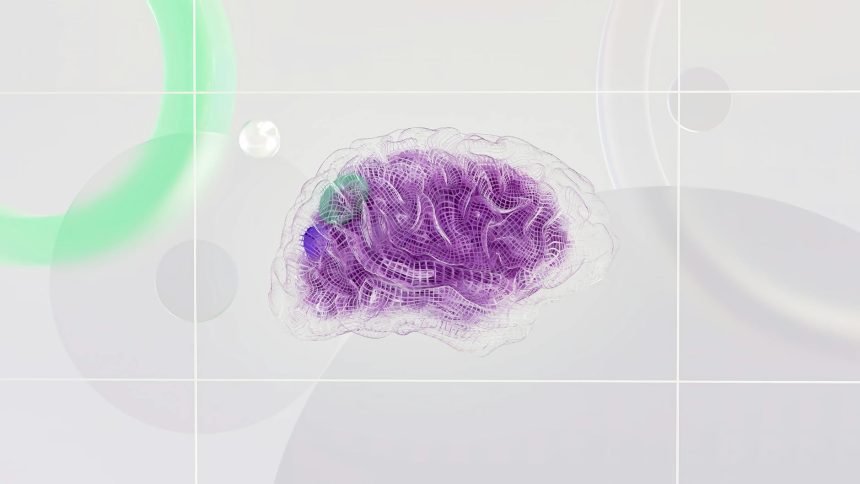### Suggested URL Slug
brain-inspired-computing-spiking-neural-networks
### SEO Title
Spiking Neural Networks: Unlock Brain-Like Efficiency
### Full Article Body
Spiking Neural Networks: Unlock Brain-Like Efficiency
The Quest for Smarter AI: Embracing Biological Inspiration
Imagine artificial intelligence that learns and processes information with the same incredible speed and energy efficiency as the human brain. This isn’t science fiction; it’s the frontier of neuromorphic computing, and at its heart lies a revolutionary approach: spiking neural networks. These networks are moving beyond traditional AI models to mimic the fundamental communication style of biological neurons, promising a new era of intelligent systems.
For decades, AI has largely relied on artificial neural networks that process data in discrete steps. While powerful, these models often consume significant energy. Spiking neural networks offer a compelling alternative, drawing inspiration directly from how our own brains operate. This article dives deep into what makes these networks so special and why they are poised to redefine the future of computing.
What Exactly Are Spiking Neural Networks?
Unlike traditional artificial neural networks that transmit continuous values, spiking neural networks communicate through discrete events called “spikes.” These spikes are analogous to the electrical impulses that neurons in our brains use to send signals. The timing, frequency, and patterns of these spikes carry information, making them a more dynamic and biologically plausible model of computation.
The Core Principles of Spiking
At their core, spiking neural networks operate on a few key principles:
- Event-Driven Communication: Neurons only “fire” (send a spike) when a certain threshold of input is reached. This makes them inherently efficient, as computation only occurs when necessary.
- Temporal Dynamics: The timing of spikes is crucial. Information isn’t just in *if* a neuron fires, but *when* and *how often*.
- Neuron Models: Various mathematical models, like the Leaky Integrate-and-Fire (LIF) neuron, simulate the behavior of biological neurons, including their membrane potential and refractory periods.
This event-driven nature is a stark contrast to the always-on processing of conventional neural nets, paving the way for significant power savings.
Why Spiking Neural Networks Matter: The Advantages
The unique architecture of spiking neural networks unlocks a host of benefits, particularly in areas where efficiency and speed are paramount. They are not just a theoretical curiosity; they represent a practical leap forward in AI development.
Key Benefits Explored
Here are some of the most significant advantages:
- Unprecedented Energy Efficiency: Because computation is event-driven, spiking neural networks can consume orders of magnitude less power than traditional ANNs, making them ideal for edge devices and battery-powered applications.
- Enhanced Speed and Responsiveness: The direct, temporal communication of spikes allows for faster processing of real-time data streams, crucial for applications like robotics and autonomous systems.
- Biological Plausibility: Their resemblance to biological brains opens avenues for deeper understanding of brain function and the development of more intuitive AI.
- Robustness to Noise: The temporal coding mechanisms can offer inherent resilience to noisy input data, a common challenge in real-world scenarios.
These advantages are not just incremental improvements; they represent a fundamental shift in how we can design and deploy intelligent systems.
Applications: Where Spiking Neural Networks Shine
The potential applications for spiking neural networks are vast and continue to expand as research progresses. Their unique capabilities make them particularly well-suited for specific domains.
Emerging Use Cases
- Neuromorphic Hardware: Development of specialized chips (neuromorphic processors) designed to run spiking neural networks efficiently.
- Robotics and Autonomous Systems: Enabling robots to perceive, react, and learn in real-time with minimal power consumption.
- Sensor Data Processing: Efficiently handling sparse and temporal data from sensors like event cameras.
- Brain-Computer Interfaces (BCIs): Creating more natural and responsive interfaces by interpreting neural signals.
- Pattern Recognition and Anomaly Detection: Identifying complex patterns in time-series data with high accuracy.
These are just a few examples of how spiking neural networks are moving from research labs into practical, impactful technologies.
The Future of Brain-Inspired Computing
The field of neuromorphic computing, powered by innovations like spiking neural networks, is rapidly evolving. As hardware and algorithms mature, we can expect to see AI systems that are not only more powerful but also fundamentally more sustainable and efficient. This shift towards biological inspiration is not just about building better AI; it’s about building AI that can coexist harmoniously with our world.
For those interested in the cutting edge of AI research and development, understanding spiking neural networks is becoming increasingly vital. They represent a significant step towards artificial general intelligence that truly mirrors the elegance and efficiency of the human brain.
Learn more about the advancements in neuromorphic engineering and its impact on AI.
### Excerpt
Explore the revolutionary world of spiking neural networks and how they are enabling ultrafast, energy-efficient AI by mimicking the brain’s natural communication. Discover their core principles, key advantages, and emerging applications in neuromorphic computing.
### Image search value for featured image
Spiking neural network diagram, neuromorphic chip, brain neuron communication, artificial intelligence efficiency, event-driven computing
Featured image provided by Pexels — photo by Google DeepMind








